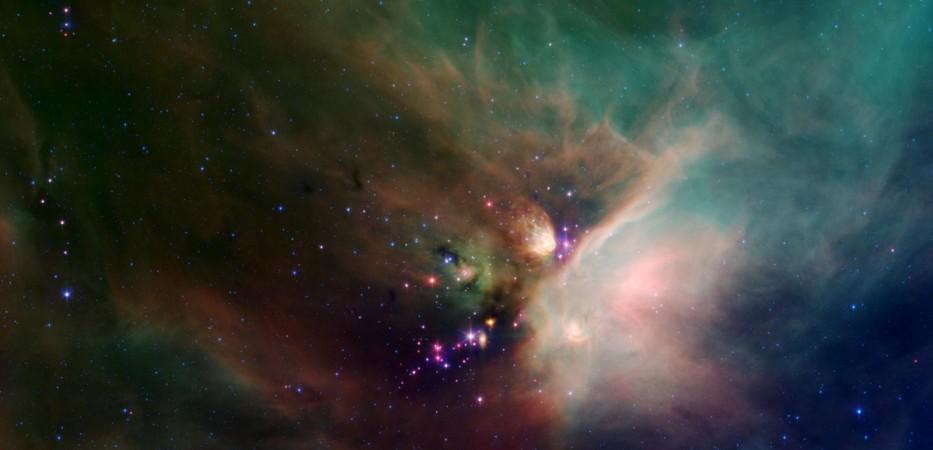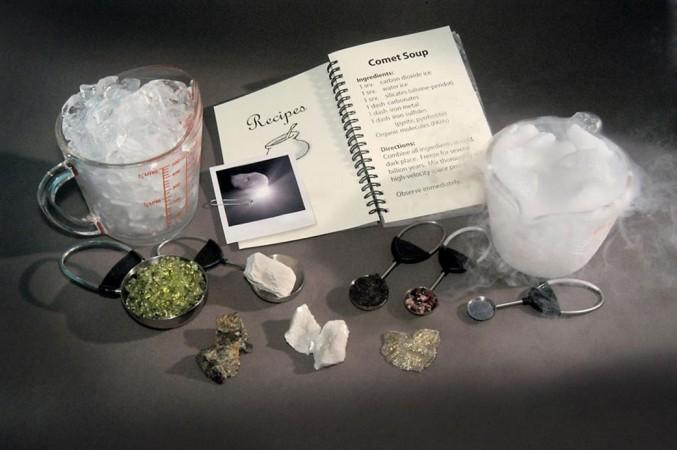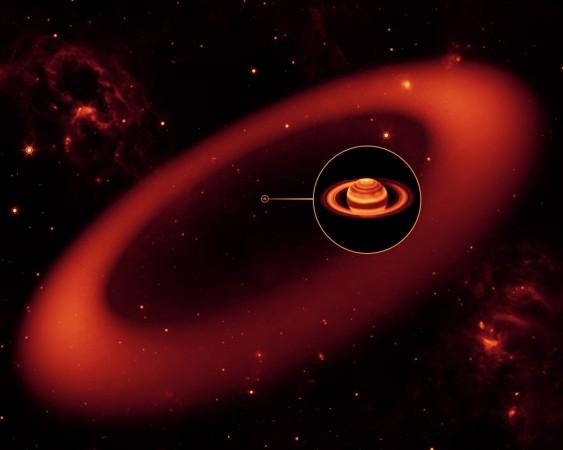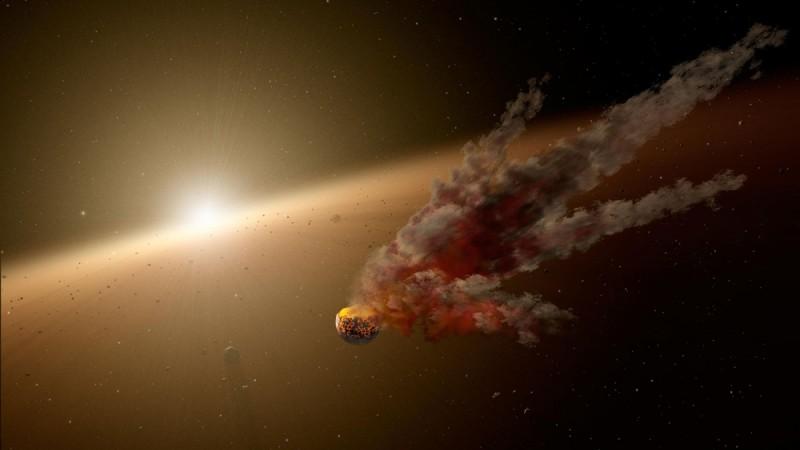
The Spitzer Space Telescope has been at work for the last 15 years and has, in all that time, made a few astounding discoveries. Here is a quick look back at its best moments so far. First launched in August 2003, Spitzer was the last of NASA's four "Great Observatories" to reach space, says NASA. The other three that went before it are the Hubble Space Telescope, Compton Gamma Ray Observatory, Chandra X-Ray Observatory.
Trailing behind Earth, Spitzer has been gradually drifting farther away from our planet, says NASA. Spitzer was also initially scheduled only for a minimum two-and-a-half year primary mission, but has lasted many times its expected life expectancy, reports the space agency.

Cradle of newborn stars
Because infrared light can penetrate through cosmic gas and dust clouds far better than visible light in most cases, Spitzer has the ability to offer some of the most incredible views of places in the universe. Like this one- a cradle where mighty stars are birthed. Newborn stars are seen peeking from behind their "natal blankets" of the Rho Ophiuchi dark cloud, notes NASA.
This region is called Rho Oph and is one of the few star-forming regions that are near or close by the Solar System. It is located near constellations Scorpius and Ophiuchus in the night sky, this nebula is just 410 light years away from Earth.

What goes into making a Comet?
Comets are now known by their make up and the heavy elements that they are composed of. Space missions have even landed on a comet and made observations from its surface, but before all that happened, Spitzer was among the first to actually find out what their composition is. The primordial soup as it were, of the Solar System was identified by having Spitzer look closely at comet Tempel as the Deep Impact spacecraft intentionally crashed into it. The crash expelled a cloud of dust and material. NASA says it helped astronomers actually piece together, "the ingredients that eventually produced planets, comets and other bodies in our solar system."

Saturn's largest ring
Saturn is possibly the most easily recognisable planet in Earth's neighbourhood because of its rings. It is the planet's defining feature, in spite of the fact that all the outer gas giants, including Jupiter, Uranus, and Neptune have rings. Spitzer's discovery, however, makes it clear that Saturn is the ultimate ringed planet. Saturn has one outer ring that is larger than just about any ring in the Solar System (on a planetary scale). The ring sits about 6 million km from the planet itself. It is also 20 times thicker and about 170 times wider than Saturn. NASA says that if it were visible from Earth, this ring alone would be about twice the size of the Moon in the night sky. Spitzer detected a glow of cool dust in the ring, leading to its discovery. Spitzer picked up temperatures as cold as minus 193 degrees Celsius.

Planetary collisions
The birth and growth of star systems like the Solar System is a violent scene with collisions and breaking planets. This happened to Earth in its early days, giving birth to the Moon and setting off life here. It is also a fairly common in other systems and proof was provided by Spitzer where such events have been captured multiple times by the telescope.
One of the first before and after shots of a massive rocky collision was captured using Spitzer says NASA.

Seven Earths - one star
Spitzer's most ground-breaking discovery, according to NASA was the identification of about seven Earth-sized planets orbiting the star TRAPPIST-1. This is, till date the largest batch of Earth-sized planets ever discovered in one system. Of the seven, three planets were found to be within the "habitable zone" where temperatures might be just right, hosting liquid water on the surface.

















